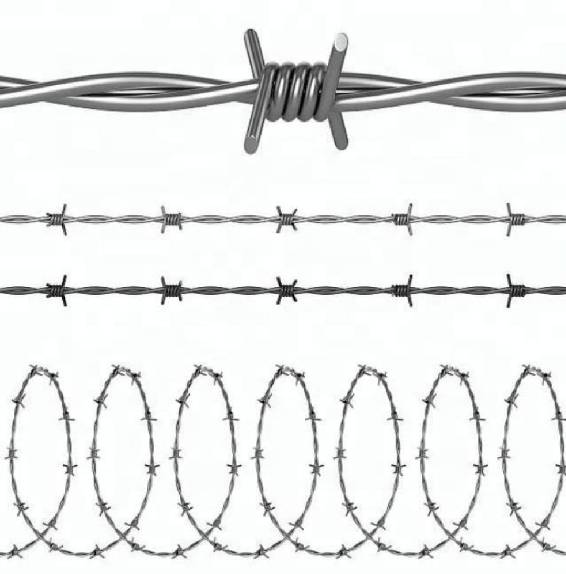Current Market Trends and Pricing Analysis for Barbed Wire Rolls in 2023
The Price of a Roll of Barbed Wire Factors and Considerations
Barbed wire has long been a staple in agricultural and industrial settings, used primarily for fencing to contain livestock, secure properties, and enhance security in various environments. As the demand for effective fencing solutions continues, understanding the price of a roll of barbed wire is crucial for consumers, farmers, and businesses alike. There are multiple factors that influence the price of barbed wire, which can vary significantly depending on various conditions.
Material Composition
One of the most significant factors affecting the price of barbed wire is the material from which it is made. Traditional barbed wire is typically manufactured from high-carbon steel, which provides durability and resilience against environmental conditions. However, the quality of the steel, including its tensile strength and resistance to rust, can affect the overall price. Higher quality wires that undergo galvanization (a process to coat the wire with zinc) will cost more upfront but provide better long-term value due to their enhanced durability and resistance to corrosion.
Wire Configuration and Design
Barbed wire is available in different configurations, such as the spacing between barbs, the number of strands, and the thickness of the wire. Standard barbed wire might consist of two strands twisted together with evenly spaced barbs, while some designs may incorporate three or more strands for added strength or specific agricultural uses. The complexity and design specifications significantly influence manufacturing costs, thus affecting retail prices. More complex designs that provide additional security or specialized applications will generally come at a higher price point.
Market Demand and Supply Chain Dynamics
price of roll of barbed wire

Like any commodity, the price of barbed wire is subject to the laws of supply and demand. In recent years, fluctuations in global steel prices, changes in agricultural practices, and even economic conditions have impacted the availability and pricing of barbed wire. When demand surges—whether due to an increase in livestock farming or heightened concerns about property security—prices can increase accordingly. Conversely, during periods of low demand or oversupply, prices can drop.
Regional Variations
Another important consideration is the geographic location. The cost of transporting materials can lead to varying prices across different regions. In rural areas where barbed wire is commonly used, one might find more competitive pricing due to higher sales volumes; conversely, in urban areas where agricultural fencing is less prevalent, prices could be inflated due to lesser competition and higher shipping costs. Additionally, local regulations and the availability of suppliers can further influence pricing structures.
Environmental Considerations
With increasing awareness of environmental issues, eco-friendly options for barbed wire are becoming more popular. Manufacturers are experimenting with alternative materials that have lower environmental impact, such as recycled steel or biodegradable components. While these eco-friendly options can offer a more sustainable choice, they often come at a premium compared to traditional products. Consumers who prioritize sustainability may choose to invest more in these options, thus influencing overall market dynamics.
Conclusion
The price of a roll of barbed wire encompasses a myriad of factors spanning material composition, design specifications, market dynamics, regional pricing variations, and environmental considerations. For consumers, understanding these factors is essential when budgeting for fencing needs and making informed purchasing decisions. As technology and consumer preferences continue to evolve, the barbed wire market will likely experience further changes, making it imperative for buyers to stay aware of pricing trends and innovations in the industry.
-
Space-Saving Chain Fence Hacks Vertical Gardening with Cyclone MeshNewsJul.16,2025
-
Innovations in Iron Nail Wire Production for Modern ConstructionNewsJul.16,2025
-
Creative Uses of Wire Netting Fence in Modern Landscape DesignNewsJul.16,2025
-
Barbed Wire Fence Innovations in Anti-Climb TechnologyNewsJul.16,2025
-
Architectural Uses of Umbrella Nails for Aesthetic Roof DesignsNewsJul.16,2025
-
Architectural Uses of Razor Barbed Wire in Secure Urban DesignNewsJul.16,2025




